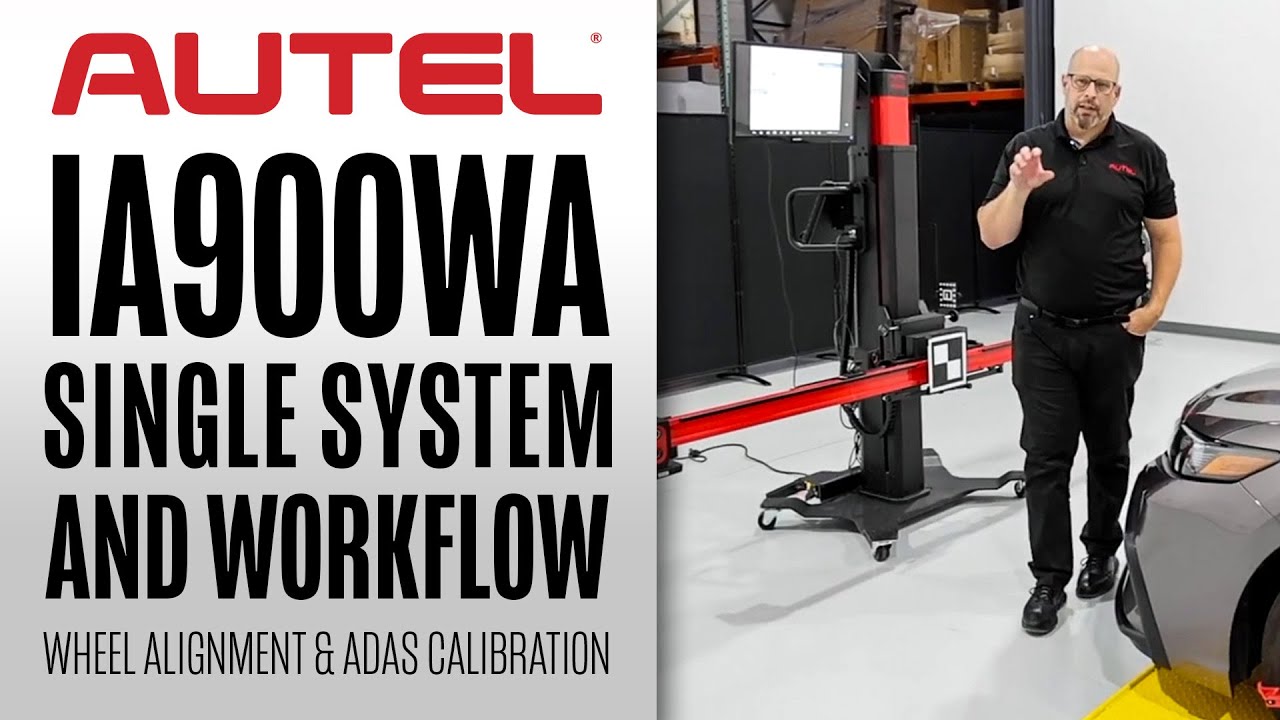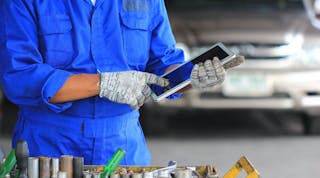Between Feb. 1-28, 2022, IMR surveyed 500 independent repair shops across the country to understand what they see as their biggest challenges for 2022 as well as any future challenges they see.
Over the past few years as IMR has conducted this survey, answers have varied quite a bit, largely due to the pandemic. In 2019, shops noted their biggest challenges as:
- Find time for hands-on technician training - 42.6 percent
- Staying up to date with advances in diagnostics - 31.6 percent
- Keeping up with advances in vehicle technology - 31.1 percent
- Finding good, knowledgeable, and motivated technicians - 29.2 percent
Then, in 2020, during the peak of the pandemic, the shops stated their biggest challenges were:
- Keeping staff/customers safe/social distancing - 55 percent
- Getting customers/keep shop running/return to normal hours - 44 percent
- Getting parts on time -34 percent
- Getting parts/finding suppliers with parts in stock - 29.2 percent
Now, however, in 2022, shops have listed these as their biggest challenges:
- Finding parts I need/parts shortages - 35.8 percent
- Bringing customers back/providing incentives - 31.8 percent
- Finding affordable parts - 29.4 percent
- Getting parts on time - 27 percent
Challenges broken down by bays
Depending on the number of bays the independent shop has affected where the shop ranked each challenge.
For shops with 1-3 bays, their number one issue is finding quality/responsible techs, whereas this is ranked as the number two issue for shops with 8+ bays. Similarly, only 8.8 percent of shops with 1-3 bays are concerned about finding parts they need/parts shortages, while 41.9 percent of shops with 4-7 bays and 50 percent of shops with 8+ bays are worried about that issue. Also, if looking at bringing customers back/providing incentives, 20 percent of shops with 8+ bays, 38.3 percent of shops with 4-7 bays, and only 13.7 percent of shops with 1-3 bays, see this as an issue during 2022.
Long-term industry challenges
Increasing HEV/EV VIO is the top future trend independent shops with 4+ bays see affecting them, whereas, for shops with only 1-3 bays, their main concern for the future is the ability to compete with larger shops/dealerships.

















































